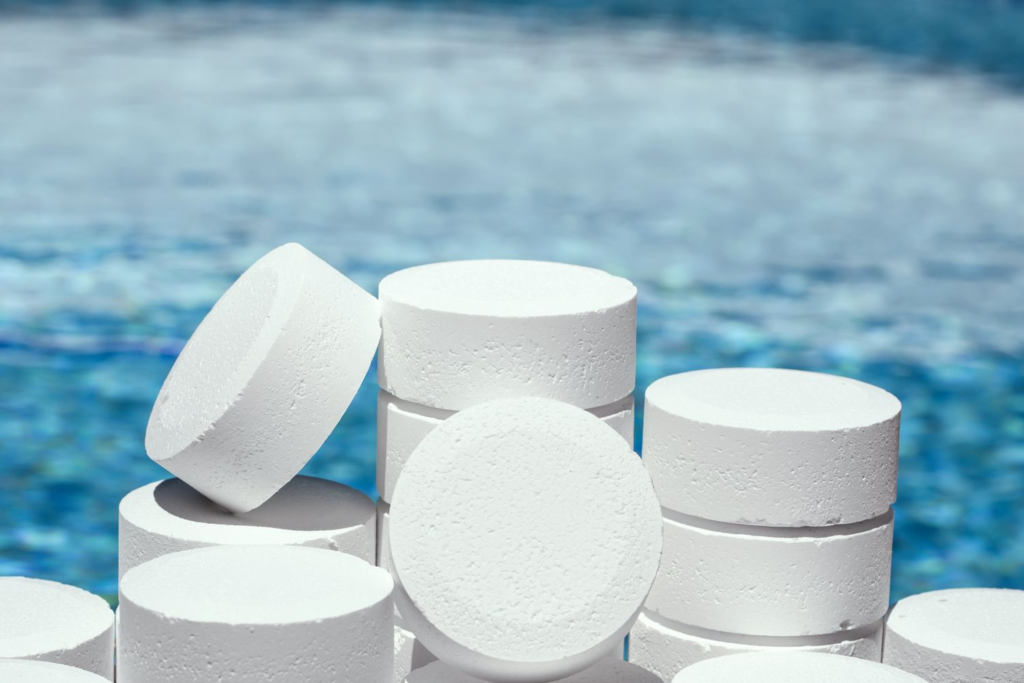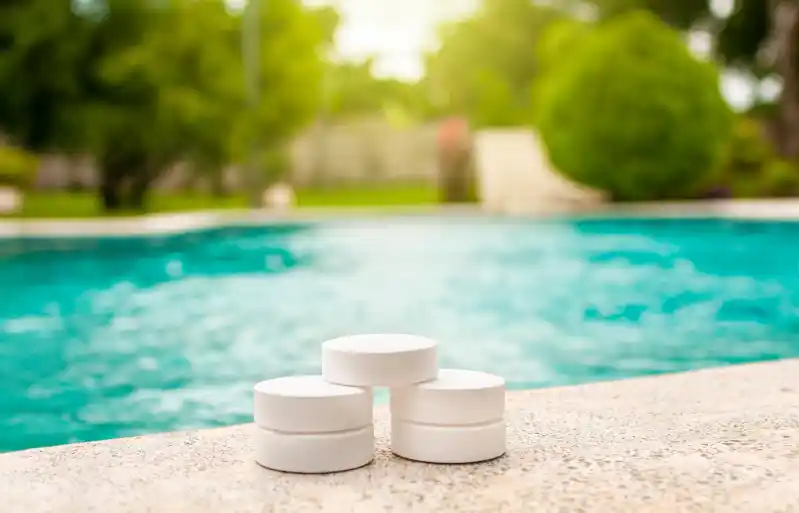As an effective disinfectant, chlorine tablets find widespread use in swimming pool sterilization and other fields. However, if the operation process is improper, not only will the desired disinfection function be ineffective, but even safety incidents may take place. Mastering the scientific usage tips and avoiding common cognitive misinterpretations are the crucial promise of disinfection effectiveness and safety of use.
I. General operation misconceptions and hazard analysis
1. Excessive addition
Certain consumers have a false belief that the bactericidal effect will be enhanced with an increase in dosage. In fact, excess chlorine will combine with organic materials present in water to produce carcinogens such as trihalomethanes, and prolonged exposure will harm human health. Meanwhile, too high a residual concentration of chlorine will also irritate swimmers’ skin, eyes, and respiratory system. It may also result in allergic dermatitis, conjunctival congestion, bronchitis, and so on in severe conditions.
2. Direct bottom placement
Direct addition of tablets to the pool bottom or water tank will result in the local concentration of chlorine being higher than the standard, causing nonuniform disinfection of the water. The undissolved tablets will also cause corrosion of metallic pipes and equipment aging.
3. Ignoring dynamic water quality monitoring
If there is no continuous monitoring of water quality after dosing, it is difficult to catch major indicators such as residual chlorine and pH value in a timely manner. When the content of residual chlorine is below 0.3 mg/L, it cannot kill pathogenic microorganisms such as Legionella effectively; above 1.0 mg/L, it can lead to the above series of safety hazards. So it is recommended to monitor data fluctuation in real time.
II. Application of operating specifications scientifically
1. Properly determine the dose
Fully calculate based on water volume, initial turbidity, and application context. As a reference example, using an average swimming pool (50×25×1.5m), 2-3 grams of pool chlorine tablets per cubic meter of water is added during the process of normal maintenance. For heavy rain or rush hours, the amount has to be adjusted by 0.5 grams/cubic meter.
2. Optimize the dissolution method
Ideally, utilize an automatic dosing device to achieve slow-release distribution. If professional equipment is not available, you can pre-dissolve the tablets in a plastic bucket, stirring until they have completely dissolved. And then slowly pour them along the pool wall, turn on the circulation system. Do not use metal utensils as chemical reactions may occur.
3. Create a monitoring mechanism
Test the residual chlorine and pH value at least twice a day. The former should be maintained between 0.5- 1.0 ppm, and the latter should be controlled between 7.2-7.6. When employing the test paper colorimetric technique, ensure to collect samples 2 hours after dosing to avoid detection errors. You’d better conduct microbial culture tests weekly.
4. Standardized storage management
Tablets should be preserved in a dry and cool condition with relative humidity of ≤65% and ambient temperature of ≤30℃. Keep away from less than 5 meters’ distance from acid products (such as toilet cleaners), and explosion-proof ventilator equipment should be installed in the warehouse. Sealing the package after opening to prevent moisture uptake and loss of effectiveness.

Conclusion
As one of the main disinfectants of modern water treatment, the best functioning of chlorine tablets depends on a standardized and scientific operating mechanism. Correct operation can not only ensure water safety in terms of quality, but also extend the equipment’s service life. If you need to buy cheap chlorine tablets, please don’t hesitate to contact us.

